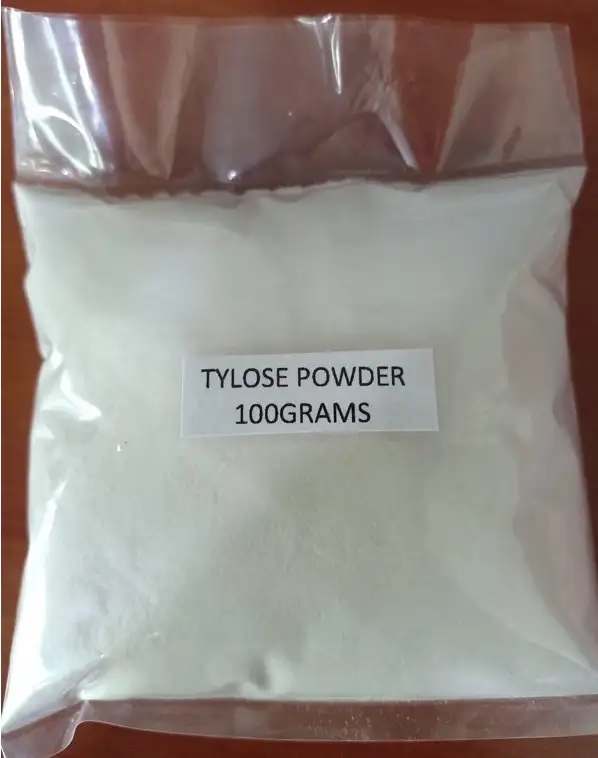If you’re venturing into the world of cake decorating, especially when working with sugarpaste (fondant and gumpaste), you’ve probably come across various types of “gums” used to improve texture and pliability. One of the most common and versatile options you’ll encounter is Tylose Powder. If you’re wondering what it is, how to use it, and why it’s a go-to product for many cake decorators, this guide will answer all your questions.
What is Tylose Powder?
Tylose Powder, also known as Tylopur Powder or CMC (Carboxymethyl Cellulose), is a fine white powder widely used in cake decorating. It’s a type of gum powder that helps transform fondant into gumpaste, making it easier to work with, especially for detailed sugar flowers, figurines, and other intricate cake decorations.
Learn more about essential cake decorating ingredients by exploring the versatile properties of gum arabic in icing.
While Tylose Powder is a popular ingredient in gumpaste recipes, it’s also added to fondant to create a quick version of gumpaste. This flexibility makes it a staple in cake decorators’ toolkits.
Why Use Tylose Powder?
Tylose Powder is particularly valued for its ability to enhance the texture of fondant and accelerate drying time, which is crucial when you need to create hard and detailed decorations. Here are some of its main uses:
- Making Gumpaste from Fondant: If you’re in a pinch and need gumpaste but don’t have any, you can simply add Tylose Powder to fondant to create a quick version of gumpaste. This is perfect for when you want to make intricate decorations, such as sugar flowers and figurines, that require a firmer texture.
- Improving Pliability and Drying Speed: When added to fondant, Tylose Powder makes the fondant more pliable and helps it dry faster, making it easier to work with for sculpting and forming shapes.
- Making Edible Glue: Tylose Powder can be dissolved in water to create an edible glue. This is perfect for sticking pieces of fondant or gumpaste together without worrying about it being visible on your final product.
- Humidity Resistance: Tylose Powder also helps improve the humidity resistance of your decorations, preventing them from becoming too soft or sticky in a damp environment.
How to Use Tylose Powder with Fondant
One of the most common uses of Tylose Powder is to make a quick version of gumpaste by adding it to fondant. Here’s how you can do it:
- Basic Recipe: For every 1 lb (450g) of fondant, add 1 to 3 teaspoons of Tylose Powder.
- Dry areas: Use 1 tsp of Tylose for a softer texture.
- High humidity areas: Use 3 tsp for a firmer texture.
Knead the Tylose Powder into the fondant until it’s fully incorporated. You can adjust the amount depending on the consistency you’re aiming for. If you’re making a smaller batch or just need a little extra hold for small details, you can add a pinch at a time.
Can You Substitute Tylose Powder with Other Gums?
While Tylose Powder is a popular choice, it’s not the only option available for cake decorators. Other gum powders can be used depending on availability and preference. Here’s a breakdown of some common substitutes:
- Gum Tragicanth (Gum Trag): This gum is often used to add strength and elasticity to gumpaste, similar to Tylose Powder. It’s a great alternative, especially if you’re looking for a more traditional gumpaste consistency.
- Gum Tex: Made by Wilton, Gum Tex is another option that’s commonly used for making gumpaste more elastic and easier to shape. It’s more readily available in craft stores.
- Gum Arabic: This natural gum is used in various applications, including in the production of royal icing and as an edible glue. It’s perfect for adding strength to sugar creations when mixed with water.
- CMC (Carboxymethyl Cellulose) Powder: Often referred to as Super Gum or Cellulose Gum, CMC is another great alternative to Tylose Powder. It’s commonly used in the food industry as a thickener but can also be added to fondant to improve texture.
Although all these gums serve a similar purpose, Tylose Powder remains a popular choice for its affordability, ease of use, and effectiveness in a wide range of cake decorating tasks.
Where to Buy Tylose Powder
Tylose Powder can be a bit tricky to find in local craft stores like Michaels or Joann, but it is readily available through specialty cake supply stores or online retailers. It’s also commonly sold in small jars (usually 55 grams or about 2 ounces) which can make up to 3 pounds of gumpaste depending on the recipe.
When purchasing Tylose Powder, make sure you’re getting a food-grade product. Some Tylose powders are formulated for non-edible applications, so check the packaging to ensure it’s safe for cake decorating.
Additional Tips for Working with Tylose Powder
- Storage: Store Tylose Powder in a cool, dry place to prevent it from absorbing moisture and clumping.
- Humidity: If you’re working in a high-humidity environment, you may need to adjust the amount of Tylose Powder you add to your fondant to prevent it from becoming too soft.
- Experimentation: Don’t be afraid to experiment with different amounts of Tylose Powder until you find the perfect consistency for your projects.
Conclusion
Tylose Powder is an indispensable tool for any cake decorator working with fondant or gumpaste. Its versatility in making gumpaste, improving fondant texture, and creating edible glue makes it a favorite among professionals and hobbyists alike. While there are several other gums you can use, Tylose Powder remains a cost-effective, easy-to-use option that delivers excellent results.
With this guide, you should now have a better understanding of how to incorporate Tylose Powder into your cake decorating projects, whether you’re just getting started or you’re looking to perfect your skills with sugarpaste.

